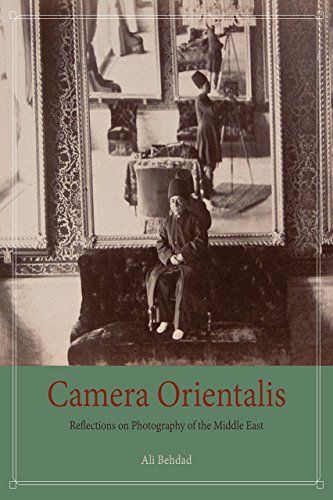
Camera Orientalis Reflections on Photography of the Middle East
From the time of its invention in 1839, photography had a crucial link to the Middle East. When Daguerre s invention was introduced, it was immediately hailed as a boon to Egyptologists and Orientalists wanting to document their archeological findings. The Middle East also beckoned European experimenters in this new medium for a simple technological reason: early photographs were more quickly and easily made in the intense light of the desert than in gloomy Paris or London. In Camera Orientalis, Ali Behdad examines the cultural and political implications of the emergence of photography in the Middle East. He shows that the camera proved useful to Orientalism, but so too was Orientalism useful to photographers, because it gave them a set of conventions by which to frame these exotic cultures in images for Western audiences. Behdad breaks with standard postcolonial approaches by showing that Orientalist photography was the product of contacts between the West and the East. Indeed, local photographers participated enthusiastically in exoticist representations of the region, adapting Orientalism to the taste of the local elite. Orientalist photography, we learn, was not a one-way street but rather the product of ideas and conventions that circulated between the West and the East."